
News
Search our News:

Building the Hybrid Fleet: Unmanned Subsurface Awareness for Naval Superiority
Unmanned and autonomous systems are rapidly reshaping naval operations, advancing from experimental to essential. Naval forces across the globe are aggressively pursuing hybrid fleet archetypes merging traditional manned naval operations alongside unmanned surface vessels (USV). In many cases, this integrated dynamic is already being fielded; however, the doctrine for the roles these platforms will play is largely unwritten. Like most USV applications, a crucial area of focus lies on the sensor technology that empowers them to perceive, decide, and act independently across diverse maritime environments.
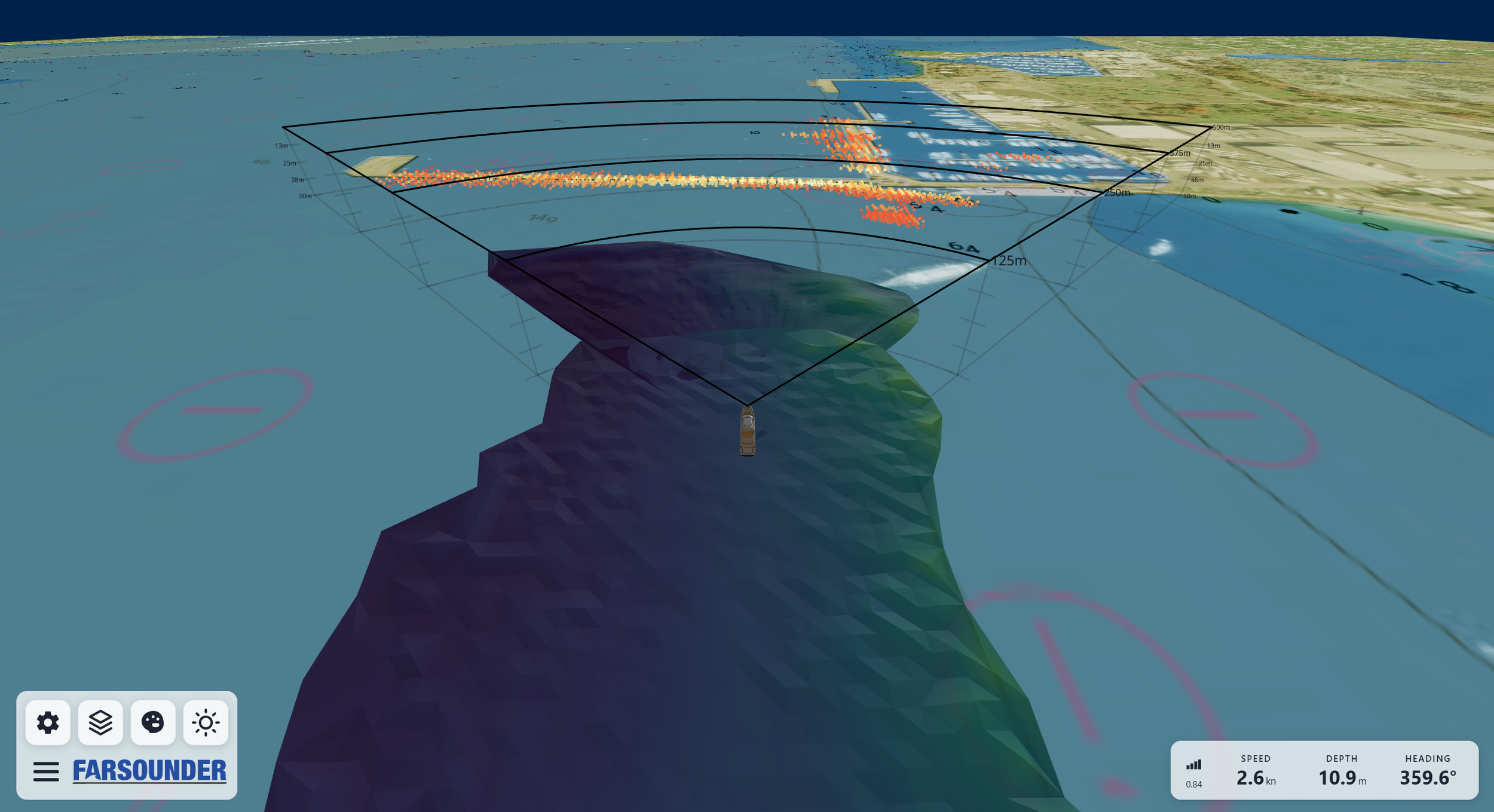
Future-proofing the bridge with Argos 3D FLS for next-level navigation
FarSounder’s latest innovations transform the user experience. At the heart of the next software release, we are rolling out a reimagined User Interface (UI). It features a 3D environment with aerial imagery and nautical charts, layered with Argos Sonar data. Overlays of AIS and ARPA targets are included, letting operators see moving and static hazards in context. The result is a cleaner, smarter way to view and interpret the navigation data.
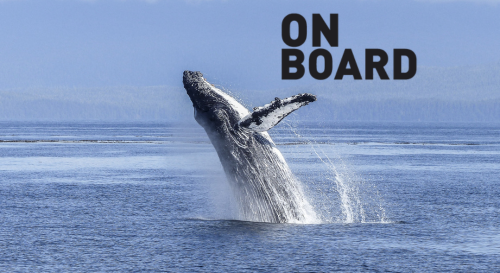
Reducing the Risk of Whale Shipstrikes
In the evolving world of marine navigation, staying ahead of the curve is more than an advantage. It’s a necessity. The future is led by innovative companies and through collaborations. FarSounder’s commitment to these pillars is exemplified in its latest software release.

Cassie Stetkiewicz | Director of Operations at FarSounder
Cassie Stetkiewicz is a seasoned operations leader and strategic visionary, currently serving as the Director of Operations at FarSounder, a pioneering technology company based in Warwick, Rhode Island, USA. With over eight years at FarSounder, she is now at the helm of Administration, Marketing, and Business Development. Cassie has played an integral role in steering the company through a period of innovation, global expansion, and increased market relevance.

The importance of yachting’s role in whale conservation
When I helped found FarSounder 24 years ago, our motivations came from an environmental perspective: “Can we develop a technology that can help vessels avoid hitting rocks causing oil spills, and avoid whales causing ship strikes?”. Today, our 3D forward-looking sonar products are being used by vessels around the world exactly for these types of applications. These products didn’t materialise magically. Rather, my team and I spent years researching, developing, testing and improving the technology.
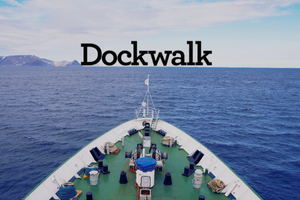
What Lies Ahead
When navigating in unknown and uncharted waters, it becomes even more important to know what lies ahead, including underwater hazards and shallow bottoms. FarSounder’s Argos Forward Looking Sonar (FLS) systems are currently the only products on the market capable of generating a real-time, three-dimensional image at navigationally significant ranges of what is under the water ahead of your vessel.

Whale Ship Strike Reduction
Whales have fascinated humanity for millennia, inspiring myths, music, and maritime culture. Anyone who has had the rare opportunity to witness these majestic creatures up close knows that it’s an awe-inspiring and deeply emotional experience. However, a number of whale species are shockingly close to the brink of extinction, and ship strikes are a leading cause.

How Can Unmanned and Autonomous Vessels Leverage 3D Forward Looking Sonar
The rise of uncrewed vessel operations demands technologies that prioritize both performance and environmental responsibility. Technologies like FarSounder’s Argos 3D FLS are not only extending the operational reach of USVs but are also helping shape a future where navigation is both smarter and more environmentally conscious.

Advantages of Forward Looking Sonar: Q&A with FarSounder
Jake Palmer, Relationship Manager at FarSounder discusses forward-looking sonar technology, emphasizing its ease of integration into autonomous vessels, the company’s commitment to environmentally friendly design, and emerging trends in the unmanned maritime sector.
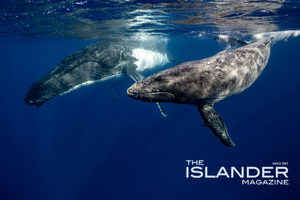
FarSounder’s New Whale Spotting and Safe Vessel Operations Class
The yachting industry thrives on exploration, luxury, and the experience of sailing through some of the most pristine waters on the planet. Yet, with this privilege comes responsibility. As stewards of the sea, yacht owners, captains, and crew must be proactive in marine conservation efforts in one of the biggest challenges vessels can face: avoiding collisions with whales—some of the planet’s most magnificent yet endangered creatures.

Underwater Acoustics
“There’s lots of connections between engineering students and music,” he says, referring to the mathematics of music. “You don’t notice a great bass player unless they mess up. Obstacle avoidance is like that: Best case, you avoid catastrophe.”
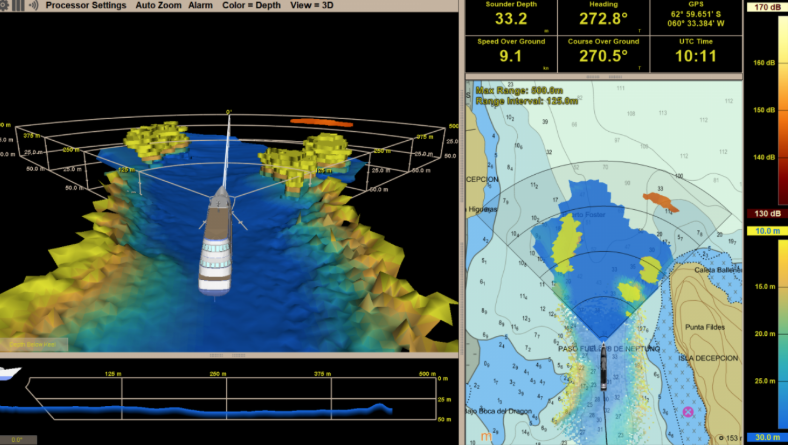
Do You Have Collision Avoidance Tech? SEA.AI & FarSounder Solutions
There are the numerous objects that neither AIS nor radar can detect. These include vessels without AIS, those with poor radar signatures, larger debris, rock jetties, large marine animals basking on the surface (think whales), and individuals in the water. That’s when forward-looking sonar comes in.
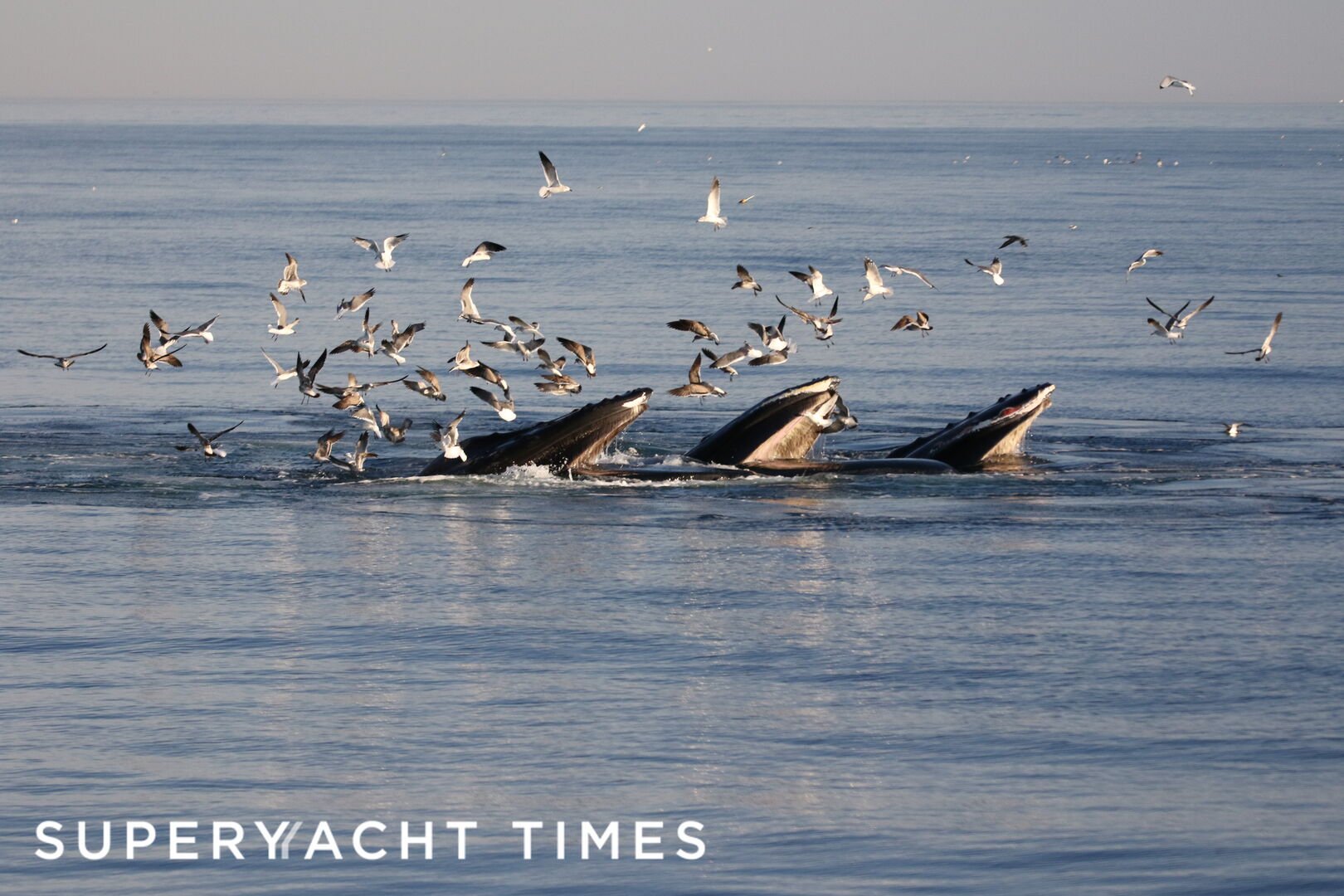
CEO Matthew Zimmerman talks FarSounder's mission to reduce whale strikes by yachts
Vessels have many sensors onboard – GPS, radar and depth sonar being the most common – none of which give you accurate real-time information about transient objects or shifting underwater scapes such as sandbanks. So we set out to develop a product that filled that gap.
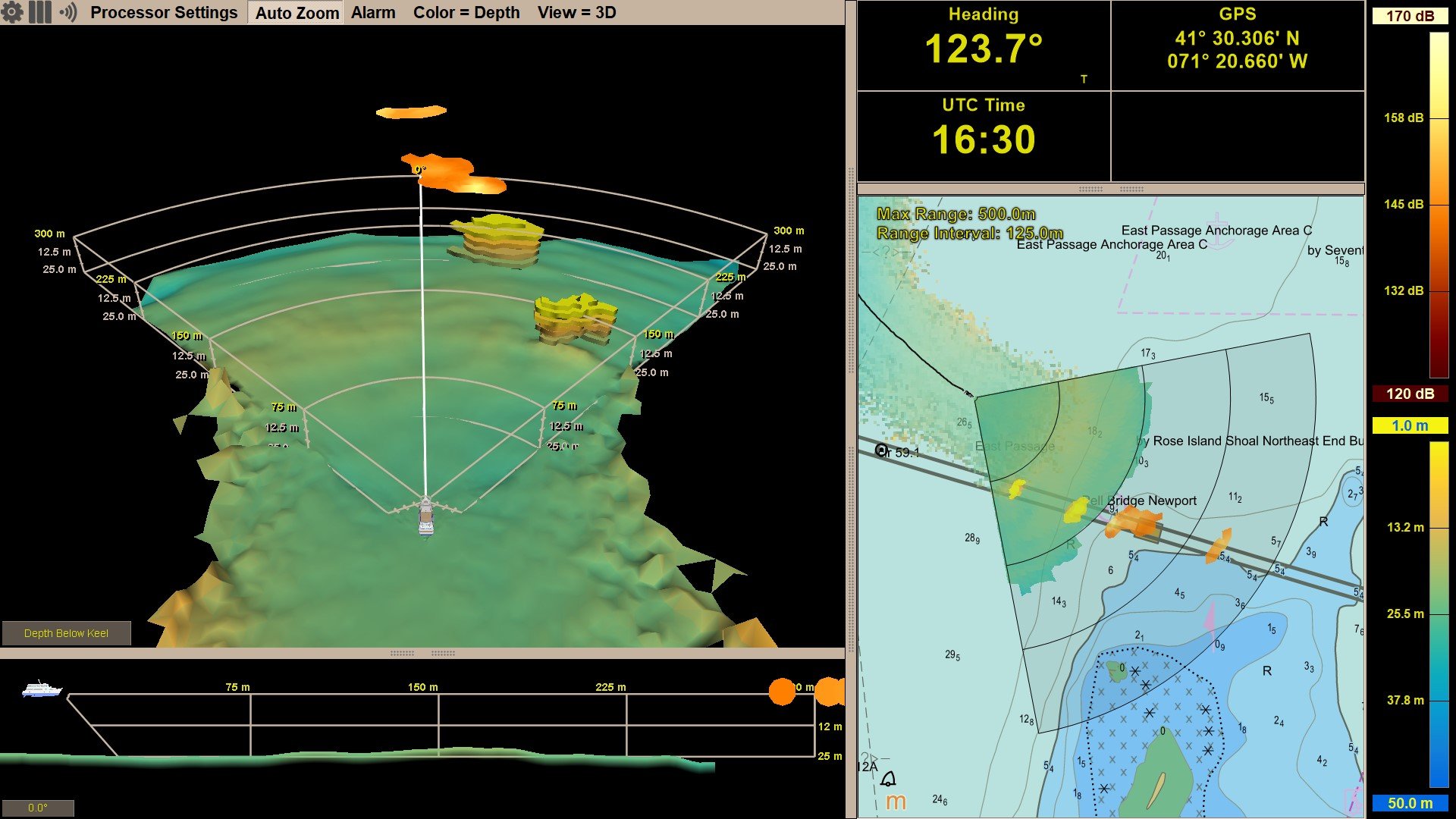
FarSounder: Advancing ASV/USV Navigation Capabilities for Expanding Missions
Now that the utility of USVs, including their value as a force multiplier, has been demonstrated, the industry is ripe for widespread adoption of these vehicles in not only defense applications but also hydrographic survey, search and rescue, environmental monitoring, and (soon) cargo/passenger transport. As more applications come online, there is one key factor that must not be overlooked: What is underwater, ahead of the vessel, in real time?

Next Level Awareness for Next Level USVs
It is clear that the pace of development in Autonomous/Uncrewed Surface Vessel (ASV/USV) technologies and applications is steadily increasing. The confluence of greater at sea broadband connectivity, AI based vehicle control systems, and the limited pool of mariners coupled with the successes of uncrewed systems in the war in Ukraine has created an enormous opportunity for these platforms.
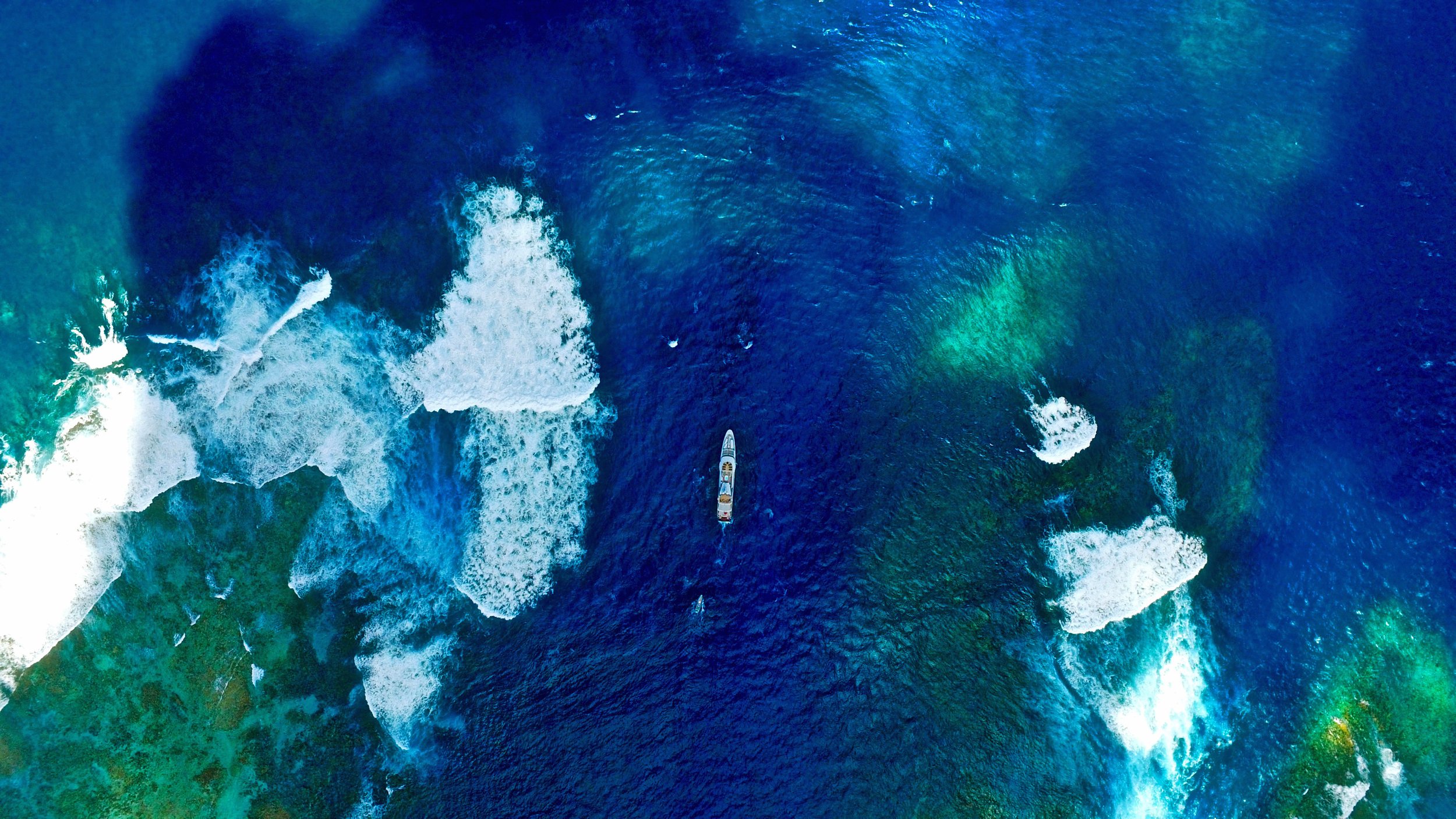
Mitigating Malicious GPS Disruptions
A critical component in the safety and efficacy of these systems is the reliability of the vessel's GPS derived position. Though the topic of GPS disruption in the media has mostly been focused on its impact to aviation and its use in defending against drone attacks, such disruptions can also have a great impact on marine navigation.
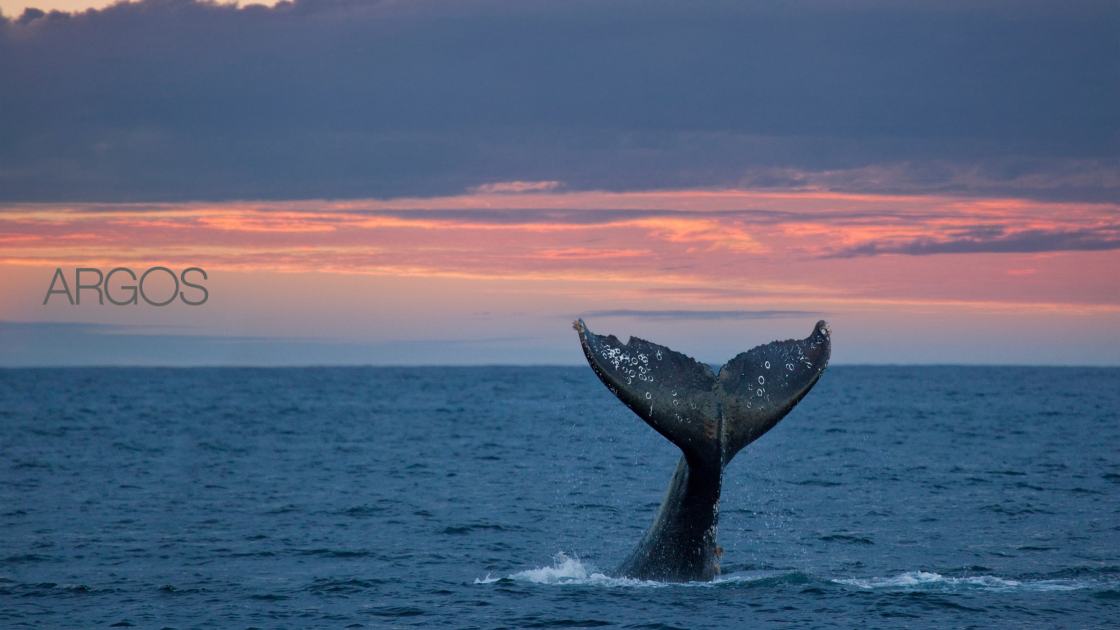
Technology Helping Prevent Whale Strikes
Whales are magnificent, intelligent mammals whose life span can be as long as a human’s. However, their lives can be cut short. As many as 80 whales are estimated to die each year off the West Coast of the US as a result of ship strikes, and about a third of all Right Whale deaths in the Atlantic are attributed to ship strikes. Sperm Whales in the Mediterranean are also listed as an endangered species, and ship strike is their leading cause of death. Whale avoidance is clearly top of mind for mariners. It is time to explore how currently available technology can help in this endeavor.
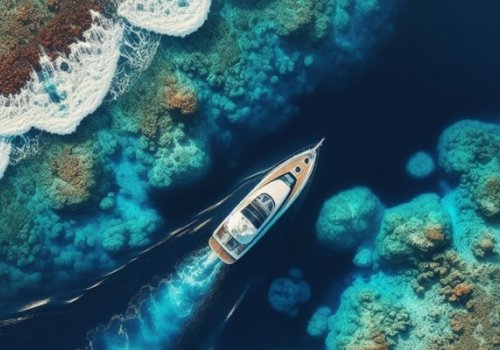
FarSounder: The Technology Driving Safe Navigation
Headquartered in Rhode Island in the US, a technology company is revolutionising the safe navigation and exploration of the world’s oceans and waterways.
Since 2001, FarSounder has been innovating 3D forward-looking sonar systems to give vessels clear sight of what lies ahead and below to avoid collisions with the seabed, underwater structures, and ocean wildlife – the latter being the driving passion of Co-Founder and CEO Matthew Zimmerman.
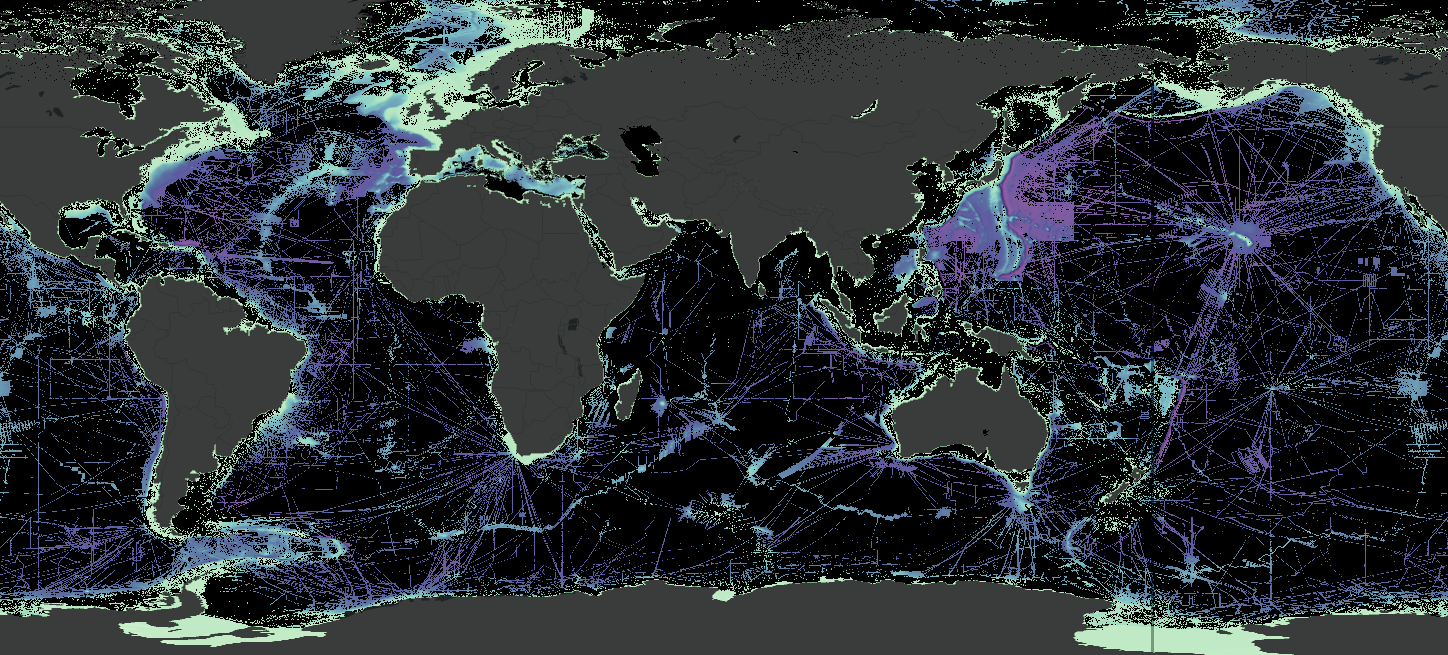
Working Together to Map the Seafloor
Imagine if protecting the fragile underwater ecosystems and reaching business goals were simultaneously achievable. Imagine if a vessel operator could make valuable contributions to global initiatives without changing their daily operations. Imagine if our map of the seafloor here on Earth was as detailed as our map of the surface of Mars. At FarSounder, we have discovered that these first two ideals are actually a reality, and support the third dream. Safety at sea is a top priority for the marine industry for many reasons. Not only is safety important to a successful voyage and achieving business objectives, but also, for protecting the ecosystem. It is something many of us think about everyday while working to find ways to improve safety to keep our business strong, and in turn, the ecosystem thriving.
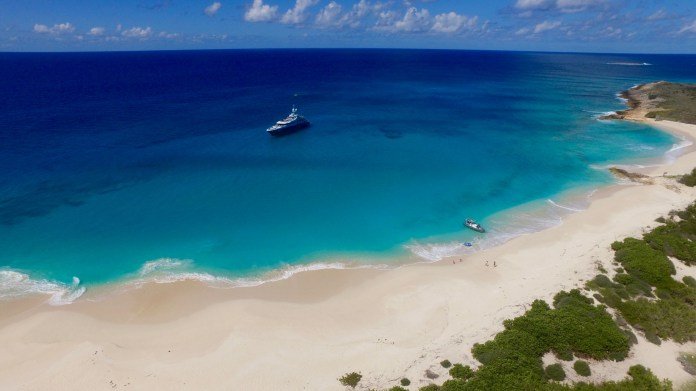
Yachts, science, and sustainability
Megan Hickling dissects a roundtable discussion on linking yachting enthusiasts with scientists and fostering ocean science for climate action…
An online roundtable held on 6th December, brought together representatives from Triton Submarines, International Seakeepers Society, Shadowcat, and FarSounder to discuss how and why yachts and science should connect for the better, as well as potential barriers to this collaboration.
